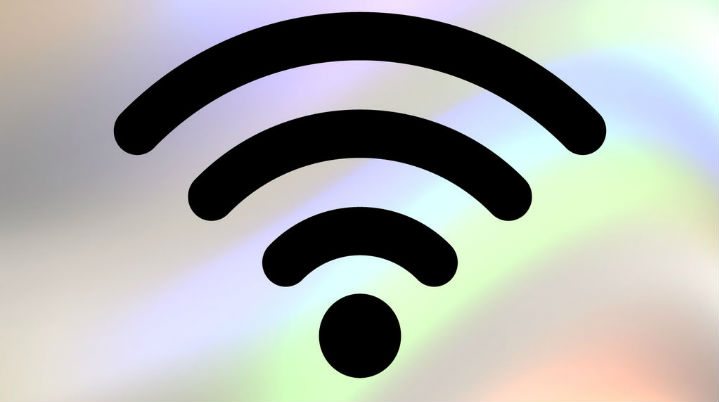By 2025, Wi-Fi 6 and Wi-Fi 6E are expected to surpass 80% market share
The Wi-Fi Alliance certified the sixth generation of Wi-Fi in 2019, followed by the certification of Wi-Fi 6E in 2021. Since then, said the Alliance, there has been “rapid adoption,” with Wi-Fi 6 surpassing 50 % market share. Three areas are being credited with driving the Wi-Fi 6 and 6E market: Product momentum, deployment momentum and regulatory momentum.
Product momentum
According to Wi-Fi Alliance, more than 2.3 billion Wi-Fi 6 products and 350 million Wi-Fi 6E products are expected to enter the market in 2022, and more than 15% of all Wi-Fi 6 shipments will also be Wi- Fi 6E this year.
In a press statement, Edgar Figueroa, president and CEO of Wi-Fi Alliance, stated that more than 400 Wi-Fi 6E devices have been certified, a category made up of more than 70 laptop models, dozens of consumer and enterprise access points, smartphones and smart televisions. By 2025, Wi-Fi 6 and Wi-Fi 6E are expected to surpass 80% market share and dominate the smartphone market.
Further, Broadcom has shipped more than 1 billion Wi-Fi 6 and Wi-Fi 6 E chipsand Extreme Networks’ shared in an earnings call that Wi-Fi 6E has become 10% of its bookings.
Deployment momentum
The benefits of Wi-Fi 6E – which refers to bringing the capabilities of Wi-Fi 6 into the 6 GHz band – have been demonstrated in deployments across several verticals including healthcare and education. The University of Michigan, for example, installed more than 15,000 Aruba AP-635 indoor model Wi-Fi 6E access points throughout its campus. The project, which was completed in April, took eight months and cost $ 11 million dollars.
“People are getting download speeds of upward of 300 to 400 megabits per second, which allows us to reduce the number of wired ports that we have across the campus and reduce the number of switches in all of our closets,” the university’s vice president of IT and CIO Ravi Pendse commented. “You’re talking about almost 80,000 wired ports being removed or reduced. That saves us several thousand switches in the closets. “
Regulatory momentum
The US was the first country to open up the 6 GHz band for Wi-Fi; However, more than 60 countries across the Americas, EMEA and APAC have done or are considering doing the same. Brazil, Canada, Chile, Costa Rica, Guatemala, Honduras, Peru, Saudi Arabia, South Korea and the United Arab Emirates are among those that have made the upper and lower 6 GHz band (5925-7125 MHz) available for Wi-Fi 6E , while others like Saudi Arabia are looking to make the entire 1200 MHz of spectrum in the 6 GHz band available for Wi-Fi, a position “applauded” by the Alliance.













